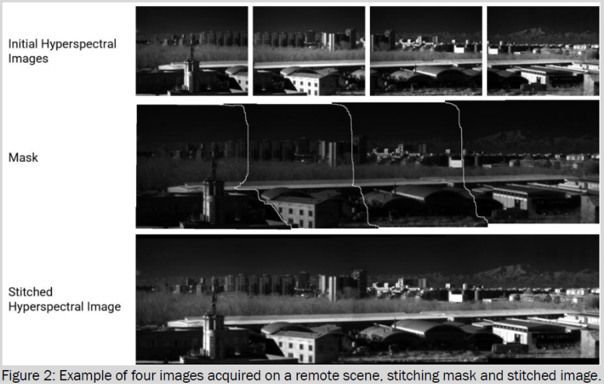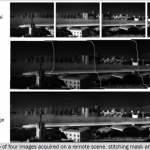Static HERA hyperspectral cameras: new software (integration) options

We previously discussed the possibilities of hyperspectral imaging, allowing to perform spectroscopy across your entire sample area in one shot. We focused particularly on static HERA hyperspectral cameras, but also discussed scanning hyperspectral systems for moving samples. But what if your object is larger than the field of view of your static hyperspectral camera? Or what if you want to control the camera from your own software environment without LabView?
In addition to the new analysis software for HERA cameras called HyperLAB, Nireos has now released its first add-on: the “Stitching” extension enables the automatic merging of multiple camera images into a single image. First, you can load multiple hyperspectral data sets that were captured at different locations on a large object (e.g., a panorama or a large painting). The areas between adjacent images must overlap. The algorithm automatically aligns the images and merges them into a seamless fusion image.
There are now also more extensive options for controlling your camera from your own software environments: Thanks to the completely new C/C++-based software code of the new Acquisition App and the new HyperLAB analysis software, a programming interface for C/C++ applications is now also available. In addition, there is a .NET wrapper version to enable integration via .NET Core or .NET Framework into all software environments that support .NET libraries, such as LabVIEW, Python, and many more.
